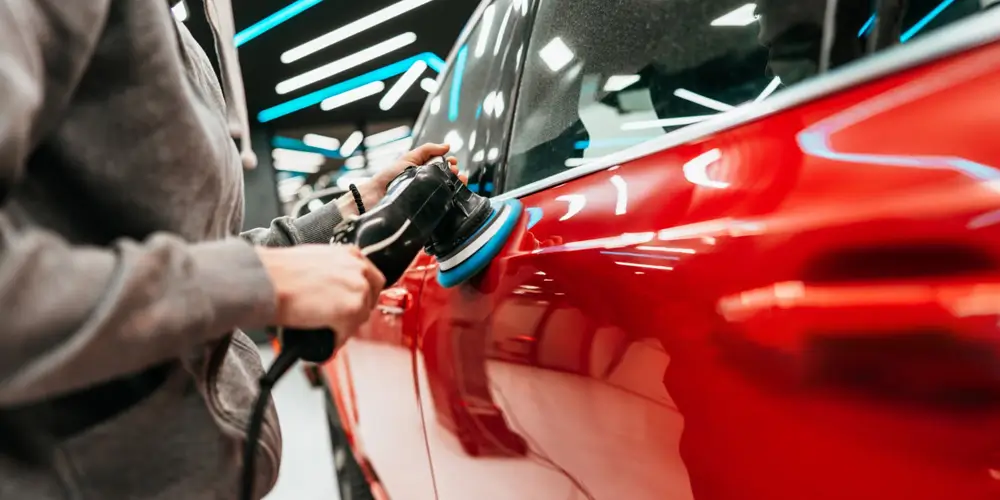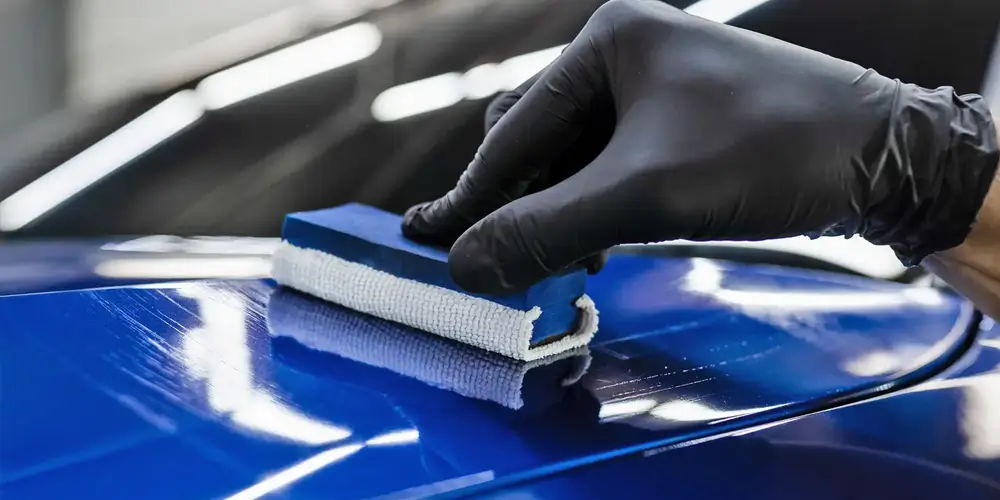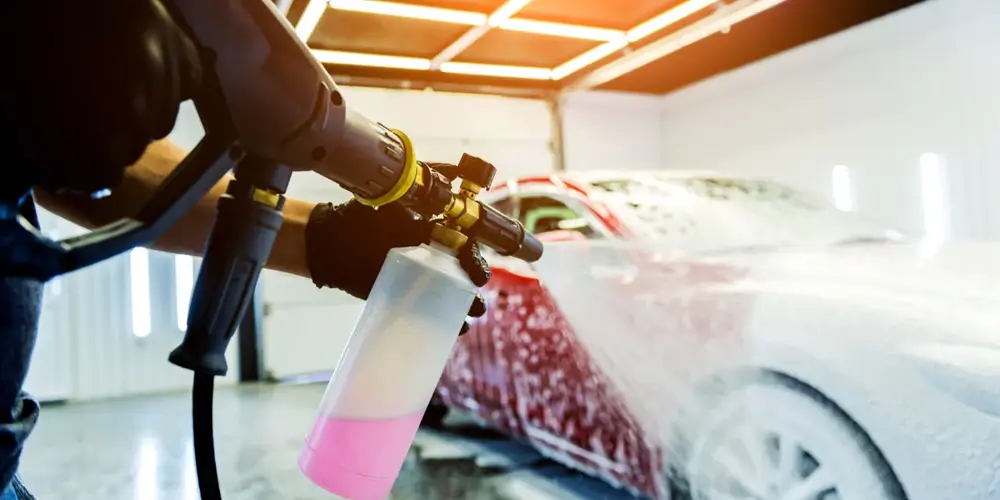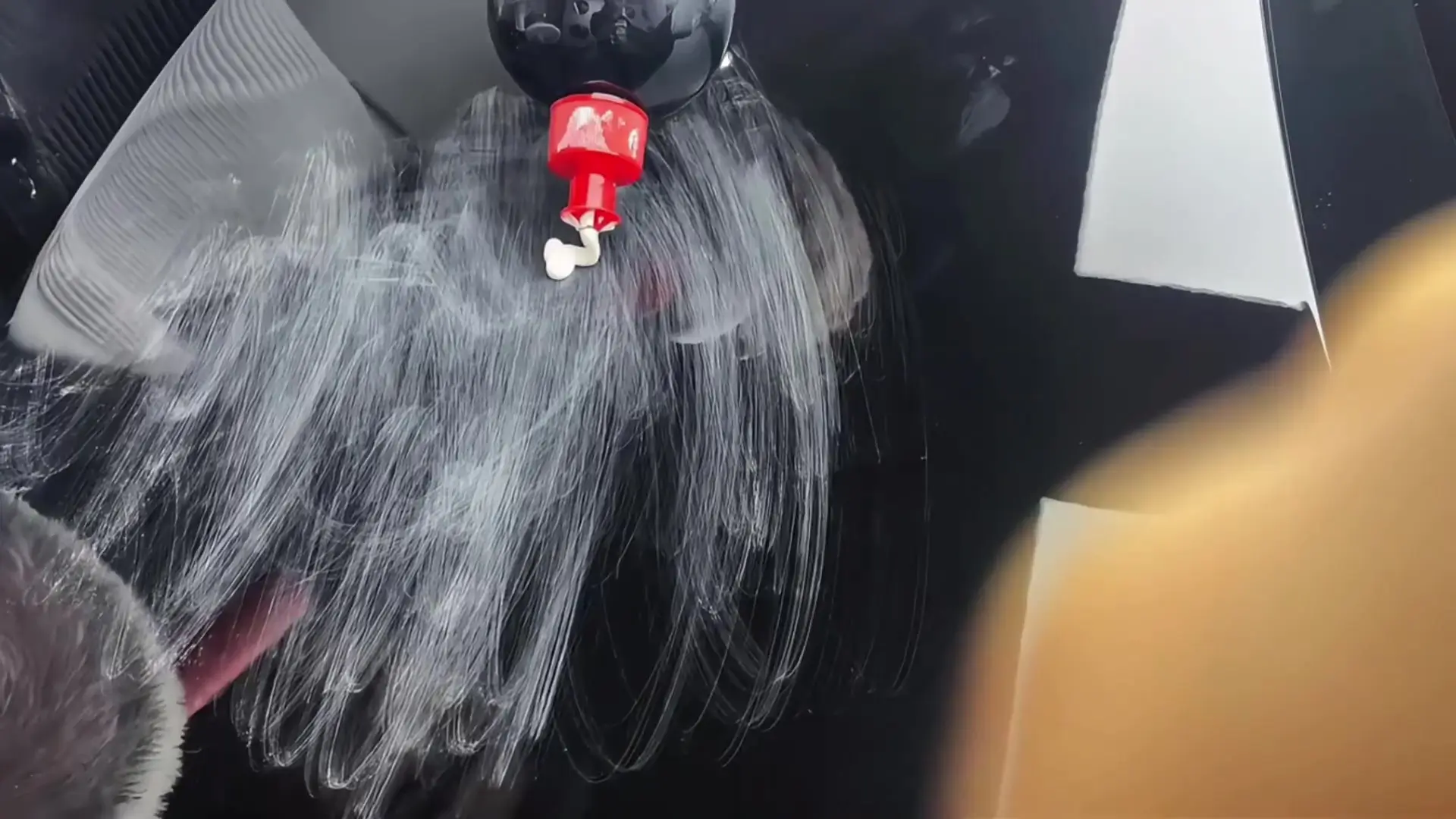What Are the Three Stages of Polishing
When it comes to automotive care, especially in achieving a flawless and high-gloss finish, the process of polishing plays a pivotal role. Whether you are a car enthusiast, professional detailer, or body shop owner, understanding the stages of polishing is key to delivering high-quality results. In this article, we will break down the three primary stages of polishing and how each stage contributes to achieving a perfect finish.
Additionally, if you are an importer, a wholesale distributor, or an owner of a car detailing shop or auto repair center, you can reach out to SYBON for partnership opportunities. Our range of premium polishing and abrasive compounds is trusted by professionals worldwide. Visit our website to contact us through the form provided, and let’s collaborate to bring top-tier automotive care solutions to your business.
Stage 1: Cutting (Compounding)
The first stage of polishing is commonly referred to as cutting, or compounding. This is the most aggressive step in the polishing process and is used to remove deep scratches, oxidation, and other significant defects on the paint surface.
Purpose of the Cutting Stage
The cutting stage is designed to remove a thin layer of the clear coat to smooth out imperfections and create a uniform surface. It is ideal for removing the following:
1. Deep scratches and swirl marks
2. Heavy oxidation
3. Water spots
4. Paint transfer from minor collisions or abrasions
5. Holograms and other visual defects
This stage is crucial for older vehicles with heavily worn-out paintwork or newly painted cars that require refinement after a respray. The cutting process is aggressive, and it requires a suitable polishing compound with abrasive particles capable of grinding away at the surface. These abrasives are engineered to break down as they are worked into the surface, allowing for a more refined finish as the compounding process progresses.
Tools and Products Used in the Cutting Stage
In the cutting stage, a rotary or dual-action (DA) polisher is typically used, paired with a cutting pad and a cutting compound. SYBON manufactures high-quality cutting compounds specifically designed for professional automotive care. Our products contain advanced abrasives that offer quick cutting action without introducing unnecessary damage to the paintwork.
Types of pads used during this stage include wool pads or heavy-cut foam pads, which provide the aggressive action needed to remove severe defects. The key is to choose the correct compound and pad combination to avoid over-cutting, which could damage the paint.
Techniques and Considerations
During the cutting stage, multiple passes may be required to fully remove all defects. However, it’s essential to monitor the amount of clear coat being removed, as over-polishing can lead to "burn-through," where the clear coat is removed completely, exposing the base coat underneath.
At SYBON, we understand the balance required for successful cutting, which is why our products are formulated to offer controlled abrasiveness, ensuring both effectiveness and safety. Our compounds also minimize dusting, reducing the need for cleanup after the compounding stage.
Stage 2: Polishing (Refining)
Once the cutting stage is complete, the next step is polishing or refining. This stage is less aggressive than cutting and focuses on further refining the paint surface, removing micro-marring and light imperfections left from the previous stage.
Purpose of the Polishing Stage
The primary goal of the polishing stage is to enhance the gloss and clarity of the paint. While the cutting stage deals with more severe defects, polishing tackles the minor defects that are often invisible to the naked eye but still affect the overall finish.
Polishing works to:
1. Remove micro-marring from the cutting stage
2. Eliminate light scratches and swirls
3. Improve depth and gloss
4. Restore clarity to the paintwork
This stage requires a different type of polishing compound that is finer and less abrasive than the compound used in the cutting stage. At SYBON, we offer a variety of medium-cut polishes designed for optimal refinement without sacrificing the quality of the finish.
Tools and Products Used in the Polishing Stage
Polishing compounds are used in conjunction with medium-density foam pads, which provide the ideal balance of cutting power and smooth application. Dual-action polishers are commonly used at this stage, as they offer a gentler approach than rotary polishers and are less likely to create new defects in the paint.
The polishing compounds at SYBON are specifically designed to break down into finer particles as they are worked into the surface. This ensures that the paintwork is gradually refined to achieve a mirror-like finish, free from any noticeable defects. Our compounds are engineered to offer a smooth glide across the surface, making the process easier for professionals while delivering superior results.
Techniques and Considerations
Patience is key in the polishing stage. Since it is a more refined process, it may take longer to achieve the desired results. It’s important to work in small sections, keeping the polisher moving to avoid excessive heat buildup, which can cause damage to the paint.
When polishing, professionals often use lower speeds on their polishers compared to the cutting stage. This ensures a smooth, even finish without the risk of introducing new swirls or holograms. At SYBON, we recommend working with light pressure and letting the polish and pad combination do the work.
Stage 3: Finishing (Jewel Polishing)
The final stage of polishing is known as finishing or jewel polishing. This stage is dedicated to achieving maximum gloss and clarity, leaving the paintwork in a showroom-quality condition. Although it is not always necessary for every vehicle, it is the preferred final touch for high-end detailing jobs.
Purpose of the Finishing Stage
In the finishing stage, the focus shifts to refining the paint even further to enhance its shine and smoothness. Any remaining light swirls, holograms, or imperfections from the polishing stage are removed during this step, resulting in a flawless, glass-like surface.
This stage is essential for achieving the following:
1. Maximum gloss and reflectivity
2. Deep, rich paint color
3. Perfect clarity and smoothness
Finishing products are typically ultra-fine polishes or glazes. These products contain the least amount of abrasives but are capable of producing the highest levels of gloss. SYBON’s finishing polishes are designed to deliver that final touch of brilliance, creating an ultra-smooth finish without leaving behind any residue or streaks.
Tools and Products Used in the Finishing Stage
For the finishing stage, a soft foam finishing pad is paired with an ultra-fine finishing polish. Dual-action polishers are also used here, as they provide the level of finesse required to perfect the paint surface. In some cases, hand polishing may also be employed for intricate areas or small surfaces.
At SYBON, we offer specialized finishing products that are formulated to enhance gloss without adding unnecessary abrasiveness to the surface. Our finishing polishes work effectively on all types of paint finishes, from modern ceramic coatings to older single-stage paints.
Techniques and Considerations
Finishing requires minimal pressure and slower speeds on the polisher to avoid creating new defects. This stage is more about precision and attention to detail than the earlier stages, as the goal is to leave the surface as smooth and reflective as possible.
During finishing, professionals often inspect their work under bright lights to ensure that no imperfections are left behind. At SYBON, we recommend taking time to carefully review the surface after each pass, as this helps in catching any areas that may need extra attention.
Why SYBON for Polishing Solutions?
At SYBON, we understand the intricacies of the polishing process and the demands of professional automotive care. Our range of cutting, polishing, and finishing compounds are formulated with the highest standards of quality, ensuring that each stage of the polishing process delivers exceptional results. Whether you are dealing with deep scratches or simply looking to add that final touch of brilliance, SYBON has the right product for the job.
Our mission is to provide solutions that meet the needs of professional detailers, auto body shops, and car care specialists around the world. We offer products that are easy to use, effective, and designed to work with modern automotive paint systems.
If you are an importer, wholesale distributor, or the owner of a car detailing shop or auto repair center, we invite you to reach out to us. Visit our website and use our contact form to send us a message, and we will get back to you to discuss potential collaboration opportunities. Let’s work together to bring top-quality automotive care products to your customers.
Conclusion
Polishing is a multi-step process that requires the right tools, techniques, and products to achieve the best results. The three stages—cutting, polishing, and finishing—each play a crucial role in transforming a vehicle’s paint from dull and damaged to shiny and flawless. At SYBON, we take pride in offering professional-grade products for every step of the process, ensuring that your polishing efforts result in perfection.
For those in the automotive care industry, partnering with SYBON means gaining access to a trusted supplier with a commitment to quality and performance. We look forward to helping your business grow with our innovative polishing solutions.
Source of this article:https://www.sybonbest.com
Get to know us through more channels:




